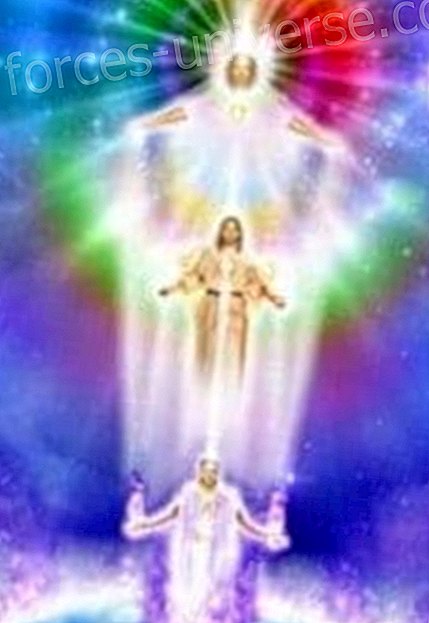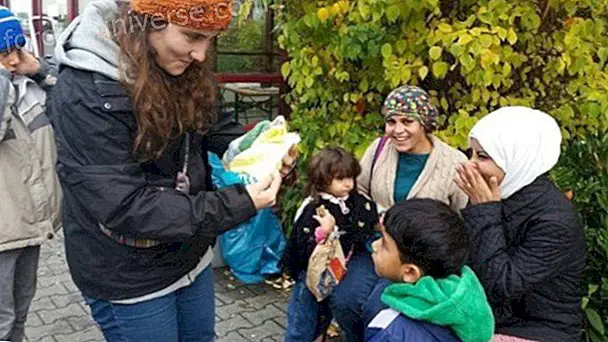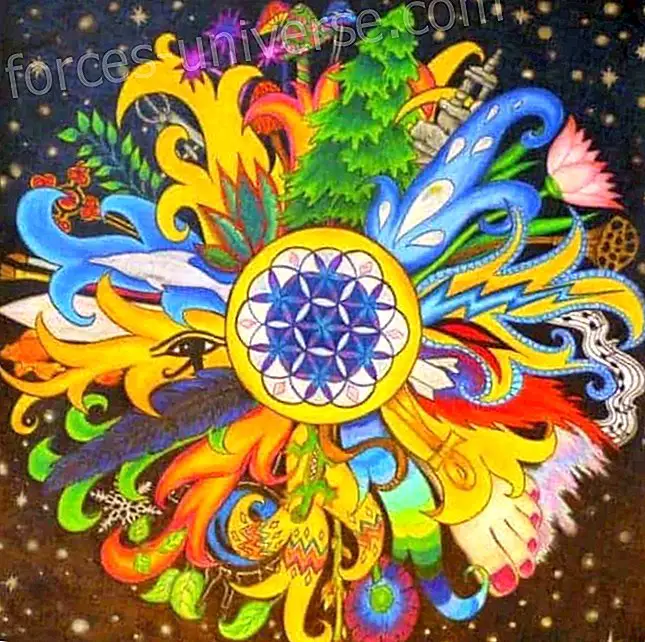And Osel asked me: T, Juan, how much do you love me?
Interview with Juan Manzanera, psychologist and Buddhist exmonje.
I'm 54 years old. I was born in Valencia and I live in Madrid. I am a clinical psychologist. I have been a Buddhist monk for twelve years. I'm single. I have no children Politics? People. I believe only in what works: meditation, that great technology of happiness! The great enemy is fear
Since when do you meditate?
Since I was 22 years old, 32 years ago.
How many times a day?
When I woke up, in the afternoon, before going to bed.
And what is it for?
To feel inside me a background in which I feel safe.
Sure before what?
In the face of fear, the enemy of happiness.
Afraid of what?
Not to fulfill desires, to be alone, to be rejected ... To not exist.
It's true: that's scary.
And that's why we invented religions, ideologies, brotherhoods and football clubs!
To feel clothed?
Yes. But meditating teaches that there is nothing to be afraid of: you discover that in your essential background everything is at peace, everything!
Great to feel that way, right?
It is quiet happiness. It doesn't depend on buying or having things. You carry it inside. And meditation helps you remember it.
Is meditation a technology of happiness, then?
Yes: it helps you to be what you are in your background. It has been known since before Buddhism, thousands of years ago. And science confirms that it works!
How does this method work?
Teaching you to focus attention.
Focus on what?
Instead of doing what causes us suffering, anxiety or depression, it is about focusing attention on what provides serenity, satisfaction and fulfillment.
It is easy?
If you persevere, in less than a year you will notice the beneficial effects.
Does it guarantee me happiness?
If you suffer from depression ... you will learn not to identify with your depression.
What is the key to happiness?
The studies of psychologist Laura King give the clue: "Read less self-help books and help others more." It's the key!
Why?
It is the way out of oneself! Being too attentive to your ego, aware of yourself ... is a shortcut to unhappiness!
How did you get to meditation?
I passed all the subjects of Engineering first, something very difficult, but in the second year I had a galloping crisis.
What happened?
A friend who finished the race ... fell into depression and attempted suicide. I asked myself: "Why all this effort?"
Did you find an answer?
No. I hung up a backpack and threw myself on the road through Europe, picking fruit ... After a year and so, I decided to go to India.
What were you looking for there?
I had been moving for two years, looking for meaning in everything. And when I arrived at a monastery near Kathmandu, I stopped. I felt that there I could find a meaning.
What was it based on?
In the serenity of Lama Yeshe and Lama Zopa. They taught me to meditate. I returned to Spain and lived in the only Buddhist community there was. I brought them to the first lama ... and then I ordered myself a Buddhist monk in India.
Did you meet the Dalai Lama?
Yes. His presence alone is transformative.
How are the Christian and Buddhist monks similar?
In austerity, in celibacy, in study, in prayer. And the Buddhist monk inquires about what reality is, and meditates.
And what brought you to be a Buddhist monk?
Delve into the knowledge of my essence.
How is that achieved?
What is in you that is always there?
Life.
Very good! That is the perennial experience. Always is. You can tell yourself: "I am life."
I'm not me?
What am i Transcend it: there is life.
Has the fear of death overcome?
It is the body that is afraid of dying: I will feel fear if I identify with my body. But not if I feel that dying is coming home.
Did the lama Yeshe help you?
Much. When he died, he reincarnated in the small lama Osel Hita.
That child of the Alpujarra from Granada.
Among a series of bells, he recognized that of Lama Yeshe! I was his preceptor in India.
How old was the child?
About six years. He was very normal, playful ... I made him study, discipline himself ...
What happened to Osel?
As an adult he left everything, studied film, lives in Spain and we haven't seen each other for years ...
And what did you do?
As a child, Lama Osel asked me one day something that drove me, that changed my paradigm of a monk ...
What did he ask?
"You, Juan, how much do you love me?"
Y?
I didn't know how to answer him, nobody had ever asked me that in my whole life as a monk! Two years later, I hung up the habits.
Cast?
I felt that I had stagnated.
And what does he do now?
I teach meditation workshops in Spain.
What is the primary education?
That happiness is a state of mind. And that it is worth cultivating ... without abdicating a rewarding work, social, material life ... I explain that it is about "realizing".
Realize that?
Without the “of what”: realize! Just be aware of the present instant. Of the life.
Quiet happiness
An old friend tells me about Manzanera, whom he considers a bodhisattva, ”that is, a master of compassion. The truth is that it conveys serenity and joy. He is no longer a Buddhist monk. Being a Buddhist monk was an episode of his learning that does not stop. He insists that meditation is not learned in books: it is a practice, a way of exercising the mind in attention and lucidity. He assures me that the experiences and questions in meditation workshops have taught him more than his monacato years.
And that the goal of meditation is clear: it is possible to suffer less and with more serenity! He tells it in Meditation, quiet happiness (Dharma).
Since when do you meditate?
Since I was 22 years old, 32 years ago.
Meditation, that great technology of happiness
Victor M. Amela
Photo: Maite Cruz
Posted in: La Vanguardia
-> SEEN AT: http://enpositivo.com







